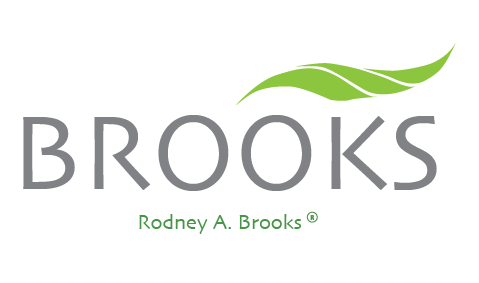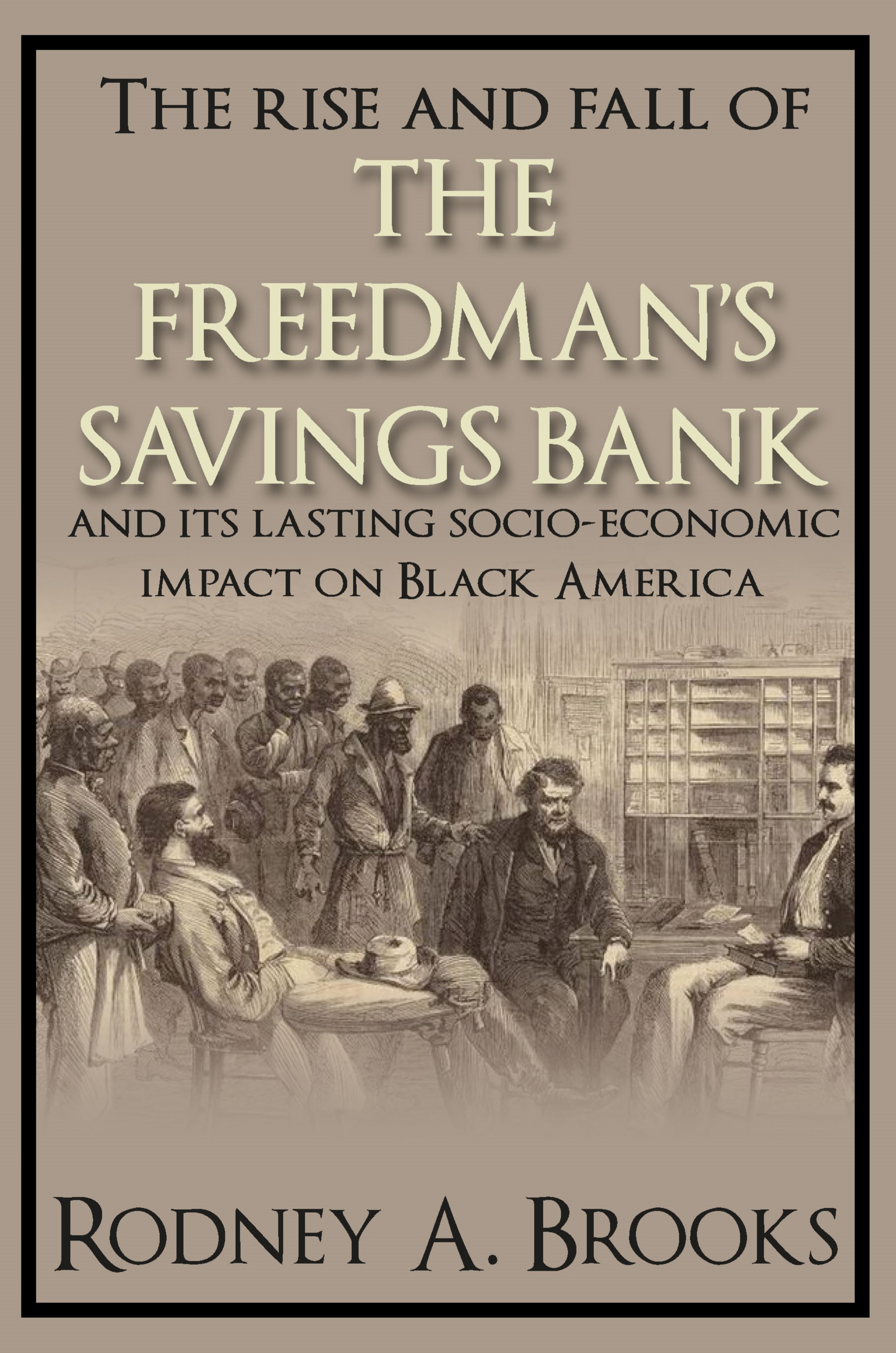Helping Your Kids Shrink College Debt and Build a Financial Future
Image via Freepik
Supporting your child through higher education is a rewarding endeavor, but the financial challenges of college can be tricky. Helping them reduce debt not only eases their immediate financial burden but also positions them to start saving for retirement sooner—a critical step in securing their long-term financial stability. By exploring cost-effective educational pathways, leveraging scholarships and grants, and encouraging smart financial decisions, parents can empower their children to graduate with minimal debt.
Crafting Impactful Scholarship Essays
Writing a compelling scholarship essay is a powerful way to reduce college debt. By highlighting their unique achievements and aspirations, your child can capture the attention of scholarship committees and increase their chances of securing financial aid. Encourage them to focus on personal stories and specific examples of community service or academic accomplishments to showcase their qualifications and character. This approach aligns with the “show, don’t tell” technique, making their essay memorable and impactful.
Cutting Costs with Online Degree Programs
Opting for an online degree program can be a savvy way to cut educational expenses. These programs often come with lower tuition fees compared to traditional on-campus options. This financial advantage, coupled with the flexibility to work while studying, allows students to manage living expenses more effectively and reduce reliance on student loans. Additionally, online programs frequently provide digital study materials, eliminating the need for costly textbooks. By pursuing an information technology degree online, students can enhance their skills in networking and programming while maintaining their current job, thereby gaining practical experience and income simultaneously.
Leveraging Employer-Sponsored Grants to Reduce College Debt
Exploring employer-sponsored grants can be a strategic way to minimize long-term college debt. Many companies offer financial assistance to employees or their dependents pursuing higher education as part of their corporate social responsibility initiatives. These grants often come with fewer restrictions than traditional scholarships, offering more flexibility in how the funds can be used. Utilizing these resources can significantly alleviate the financial burden of tuition and related expenses, allowing students to focus more on their studies and career development. It’s crucial that your child research and apply for grants that align with their educational goals and their employer's offerings.
Navigating College Debt with Work-Study Programs
Working-study programs can be a strategic way to minimize college debt while gaining valuable experience. These programs offer part-time employment opportunities on campus, allowing students to simultaneously earn money and develop professional skills. By participating in administrative support or research assistance roles, students can immerse themselves in their field of study and build connections with faculty and staff. Moreover, the earnings from work-study positions are often exempt from certain taxes. Help your child complete the Free Application for Federal Student Aid (FAFSA) so they can explore their eligibility.
Choosing a College to Minimize Debt
When planning for higher education, selecting a college that aligns with one’s financial goals is essential to minimize long-term debt. Tools like the College Scorecard provide insights into graduates' economic outcomes, making it easy for students to make informed decisions. By focusing on institutions with a proven track record of reducing student debt, your child can alleviate financial burdens after graduation.
Reducing College Costs with Online Certifications
Exploring online certifications and micro-credentials can be a strategic way to reduce college expenses. These programs offer college-level learning opportunities outside traditional academic settings. By completing these courses, students can earn transferable credits to institutions that recognize various credentials. This approach saves on tuition and allows students to advance their education at their own pace, fitting into your busy schedule. Leveraging these options can significantly decrease long-term student debt while enhancing professional skills.
Mastering Institutional Financial Aid to Minimize College Debt
Understanding the intricacies of institutional financial aid can be a game-changer in reducing college debt. Unlike federal or state aid, which is government-funded, institutional aid is provided directly by the college or university a student attends. This aid often comes in grants or scholarships, which are beneficial because they typically do not require repayment. Eligibility is usually based on financial need, academic performance, or both. To access this aid, help your child complete the FAFSA, which helps schools determine applicants’ need-based aid eligibility.
Helping your child minimize college debt requires proactive planning and a willingness to explore various financial strategies. By encouraging them to consider options like scholarships, work-study programs, online courses, and employer tuition assistance, you can significantly reduce their financial burden. These steps not only alleviate the strain of student loans but also help your child start building their financial foundation earlier, including saving for retirement. Supporting them in making thoughtful decisions now can pave the way for a more secure and independent future.
Katie Conroy is the creator of Advice Mine. She enjoys writing about lifestyle topics and created the website to share advice she has learned through experience, education and research.



 The author tells the history of the Freedman’s Savings Bank, how it grew much too quickly, why it failed and the impact on Black America. The Freedman’s Bank offered a safe depository for formerly enslaved people, expanded quickly and gained millions in deposits – mostly ranging from $5 to $50. But inexperience and corruption doomed it to failure, costing may of the small depositors their savings.
The author tells the history of the Freedman’s Savings Bank, how it grew much too quickly, why it failed and the impact on Black America. The Freedman’s Bank offered a safe depository for formerly enslaved people, expanded quickly and gained millions in deposits – mostly ranging from $5 to $50. But inexperience and corruption doomed it to failure, costing may of the small depositors their savings.



